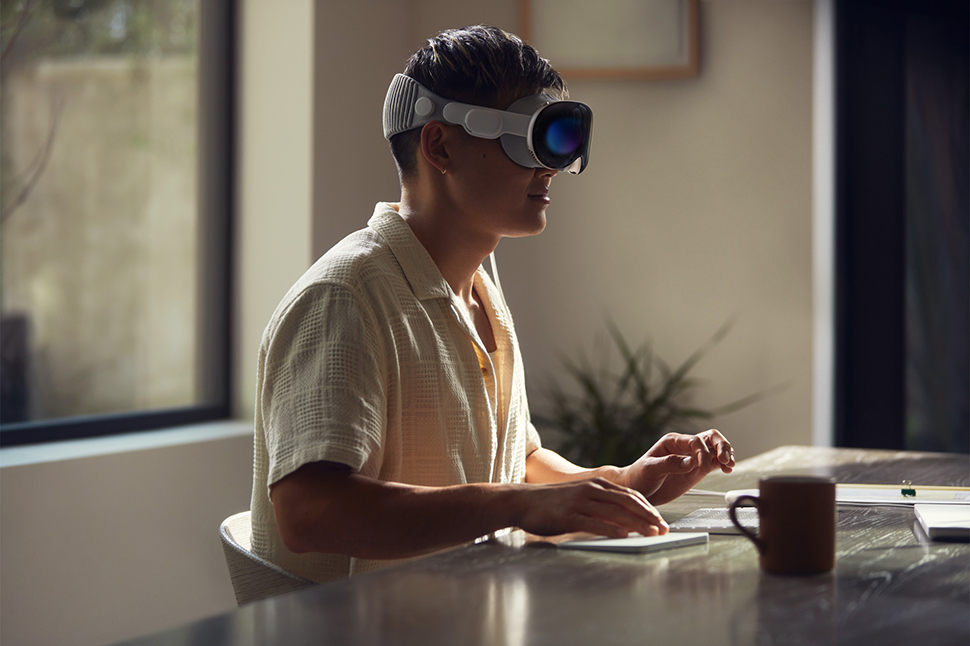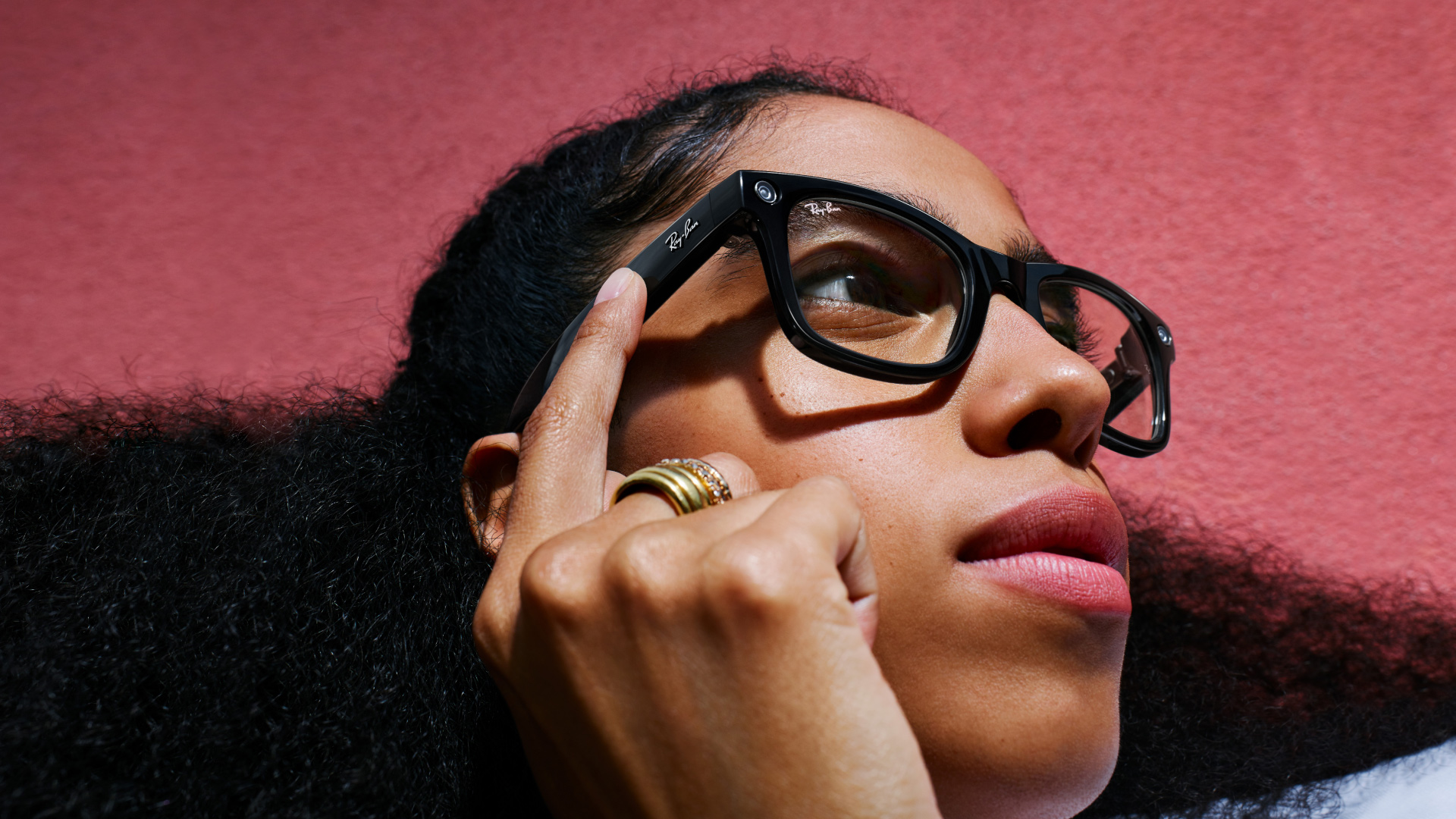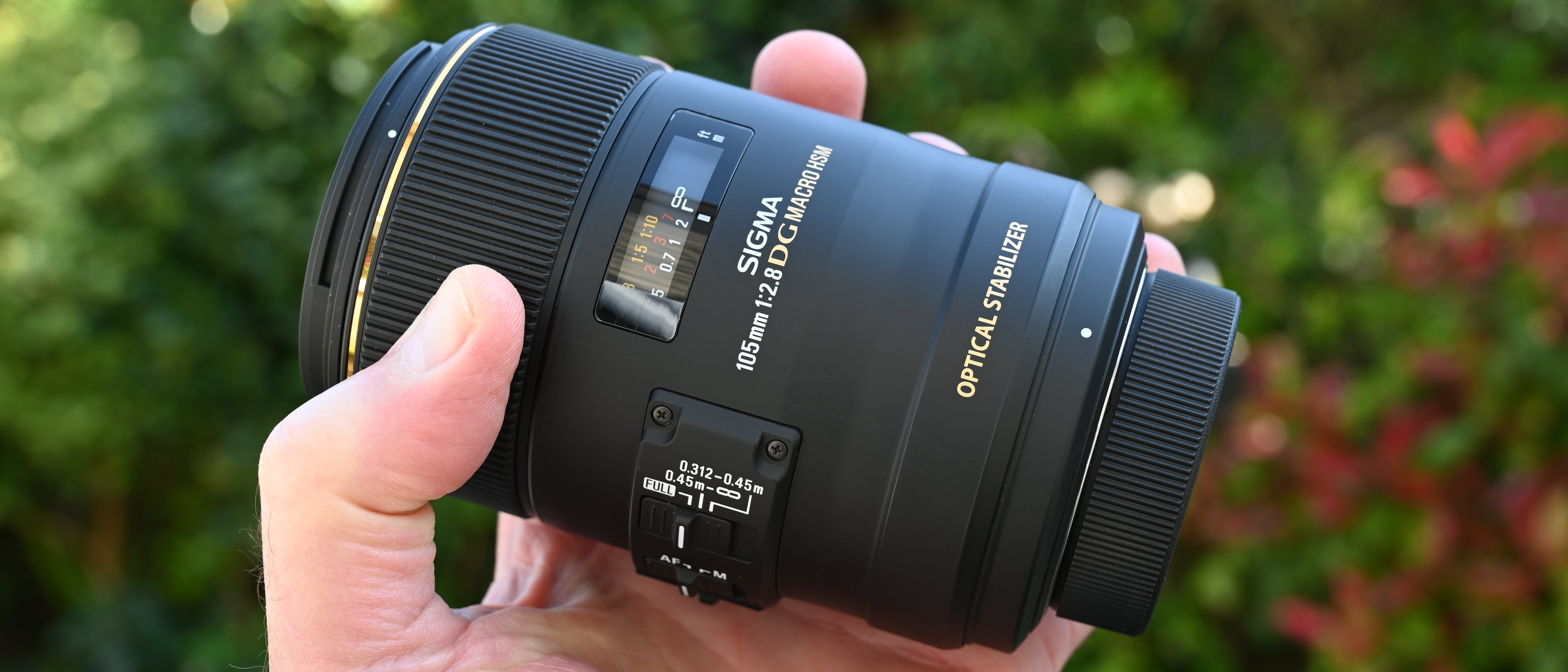Apple to focus on AI-powered wearable devices as they explore smart glasses
Apple sees AI-powered electronic wearable devices as the future, what can we expect?

As well as leisure uses such as gaming, the Vision Pro will transform digital work tasks like image-editing
(Image credit: Apple)Apple is no stranger to wearable devices, recently releasing the groundbreaking Apple Vision Pro, which has transformed the landscape of AR consumer technology. Before that, the development of the Apple Watch has become a common staple of many people's daily accessories. Apple has seen that there is more demand for electronic wearables and has plans to further its development of new products, including smart glasses with in-built cameras.
In the latest Power On newsletter from Bloomberg, Mark Gurman writes on Apple's potential roadmap and expects new wearable ideas to be tested soon. The article states that Apple's wearable products now account for 10% of the company's revenue, up from 5% in the previous year. This provides proof that there is a market that they want to continue to explore.
Apple has previously examined the possibility of a Fitbit-like electronic ring, that can talk to other Apple devices and relay information such as health tracking data. Gurman states that this may just remain an idea for now, as there is a significant overlap between the idea for the ring and the Apple watch, but it does indicate Apple's area of focus.

Gurman also states that Apple engineers have also discussed the possibility of creating smart glasses, much like the Ray-Ban Meta Smart Glasses. The glasses would be a combination of Airpods and glasses with an in-built AI, sensors, and cameras but would not implement its AR tech - yet. Rayban has attempted to create smart glasses a couple of times, with the first iteration of Ray-Ban Stories failing to hit the masses. The most recent iteration, however, has sold better than expected, but it has still not become a 'must-have device'. Being able to capture moments on camera in a first-person view is exciting and creative, and with content creation demands still on the rise, more of these convenient cameras will become more popular.
Ray-Ban has also provided more evidence that the public is more accepting of the idea of wearing these devices on the face, an issue that is becoming more and more acceptable.
The idea of a true augmented reality eyewear, if executed correctly would be an exciting one, and it does feel if anyone can pull it off, it would be Apple. The Vision Pro has introduced larger AR head/eyewear to the zeitgeist, so a smaller sleeker version that can be implemented in ordinary eyeglasses would then become a must-have – even if it doesn't include the AR capabilities.
Wearable devices powered by AI will likely become more and more common, in the same way it has been introduced into our mobile phones. We have them in our pockets and on our wrists, so why not go full cyborg and have them on our faces?
Get the Digital Camera World Newsletter
The best camera deals, reviews, product advice, and unmissable photography news, direct to your inbox!
This is a whole moral issue in itself and raises many questions that should be considered. I'm personally a little apprehensive of future reliance on wearable AI technology as a society, and I think it may be an inevitable bridge to cross in the near future.

Kalum is a professional photographer with over a decade of experience, also working as a photo editor and photography writer. Specializing in photography and art books, Kalum has a keen interest in the stories behind the images and often interviews contemporary photographers to gain insights into their practices. With a deep passion for both contemporary and classic photography, Kalum brings this love of the medium to all aspects of his work.
